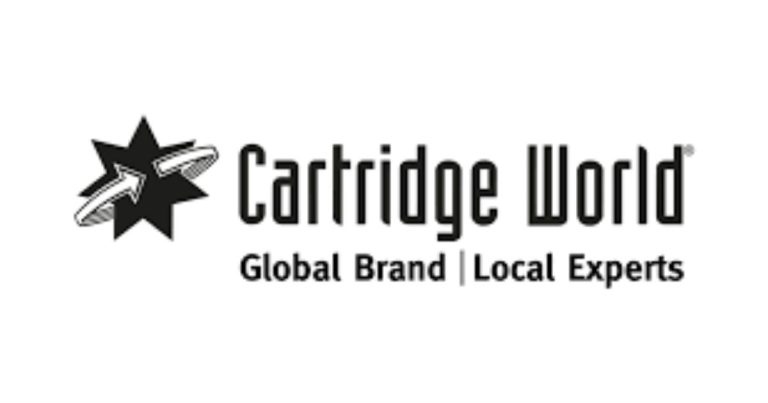The Future of Green Packaging in Consumer Products
The call for sustainability is louder than ever, and with it, the demand for green packaging is reshaping the consumer products industry. From biodegradable materials to innovative reusable solutions, businesses are turning to eco-friendly alternatives to attract environmentally conscious consumers. But what’s next for green packaging, and how can it evolve to meet the demands of both businesses and consumers? This article explores the trends, challenges, and possibilities that lie ahead for green packaging.
What is Green Packaging?
Green packaging refers to materials that are designed with sustainability in mind. This can include biodegradable, recyclable, and reusable packaging options, as well as those created from renewable resources like bamboo, cornstarch, or recycled paper. The ultimate goal is to reduce the environmental footprint of packaging without compromising functionality, durability, and visual appeal.
Green packaging has transitioned from being a niche trend to a widespread necessity. Businesses are recognizing that implementing environmentally friendly solutions not only satisfies consumer demand but also benefits the planet. But as with any industry shift, innovation and adaptation are key to staying ahead.
Why the Demand for Green Packaging is Growing
1. Consumer Awareness
Today’s consumers are more informed than ever about the environmental impact of their purchasing decisions. A Nielsen study revealed that 73% of global consumers are willing to change their consumption habits to reduce their environmental impact. Green packaging aligns with these values, making it a priority for brands that want to connect with responsible consumers.
2. Regulatory Pressure
Governments worldwide are implementing stricter regulations to combat waste, especially single-use plastics. For example, the European Union recently launched its “Circular Economy Action Plan,” encouraging the use of sustainable materials. Businesses are being incentivized—and in some cases, mandated—to switch to greener options, making green packaging a growing necessity.
3. Competitive Advantage
Brands offering sustainable packaging solutions are carving a competitive edge in the market. Green packaging acts as a visual and ethical selling point, making products more desirable to environmentally conscious shoppers. Companies using custom printed paper bags, for instance, not only reduce waste but also offer a personalized, eco-friendly touch that resonates with their audience.
Emerging Trends in Green Packaging
1. Flexible Packaging Made from Biomaterials
Flexible packaging, such as pouches or wraps, made from biomaterials like cornstarch and polylactic acid (PLA), is becoming increasingly popular. These materials are compostable and offer versatility, helping reduce plastic waste. Expect more advanced innovations in biomaterials as manufacturers scale production.
2. Refillable and Reusable Packaging Models
Brands are increasingly exploring reusable packaging systems where consumers can return empty containers for refills. Leading brands like Loop and The Body Shop are adopting this approach, which helps create a circular economy for packaging waste.
3. Minimalist Design for Sustainability
Minimalist packaging focusing on functionality and reduced material usage is another growing trend. Think of sleek, low-waste packaging designs that still protect the product but leave a smaller environmental footprint.
4. Innovative Paper-Based Solutions
Paper-based solutions, such as custom printed paper bags and biodegradable cardboard boxes, remain a popular choice for green packaging. Brands are taking it further by embedding these with seeds for planting or creating water-resistant layers without plastic.
5. Smart Packaging Technology
The integration of smart technology into eco-friendly packaging is on the rise. QR codes and sensors can be added to green packaging to enhance the consumer interaction experience. For instance, consumers can scan a code to learn about the product’s sustainability story or proper disposal methods.
Challenges Ahead for Green Packaging
While the possibilities for green packaging are exciting, challenges must be addressed to ensure widespread adoption:
● Cost Implications
Green materials often have higher production costs than traditional alternatives. Overcoming affordability barriers will be crucial for businesses to scale sustainable packaging efforts.
● Consumer Education
Many consumers lack knowledge about how to properly dispose of or recycle green packaging. Clear communication and marketing efforts will be necessary to guide consumers in their sustainability efforts.
● Durability and Performance
Creating packaging that maintains product integrity while being sustainable is a delicate balance. Research and development will need to continue focusing on creating durable yet eco-friendly materials.
● Supply Chain Adaptation
Transitioning to green packaging requires changes across the entire supply chain. This includes sourcing, production, and distribution, which can be complex and resource-intensive.
What Lies Ahead?
The future of green packaging hinges on collaboration, innovation, and scalability. Governments, private sectors, and consumers must work in harmony to ensure sustainable solutions become the norm, not just an option. With advancements in technology and increased environmental consciousness, the possibilities seem almost limitless.
For businesses, now is the time to invest in sustainable practices. Early adopters are likely to gain an advantage as consumer demand shifts even further toward eco-friendly solutions. Whether it’s incorporating reusable options, exploring new biomaterials, or offering custom printed paper bags, making the switch can build goodwill, grow market share, and contribute to a healthier planet.
Final Thoughts
Green packaging is no longer a fleeting trend—it’s the future. By adopting sustainable practices today, businesses can prepare themselves for tomorrow’s demands while contributing to environmental preservation. For consumers, choosing products with eco-friendly packaging is an empowering way to make significant environmental contributions.





